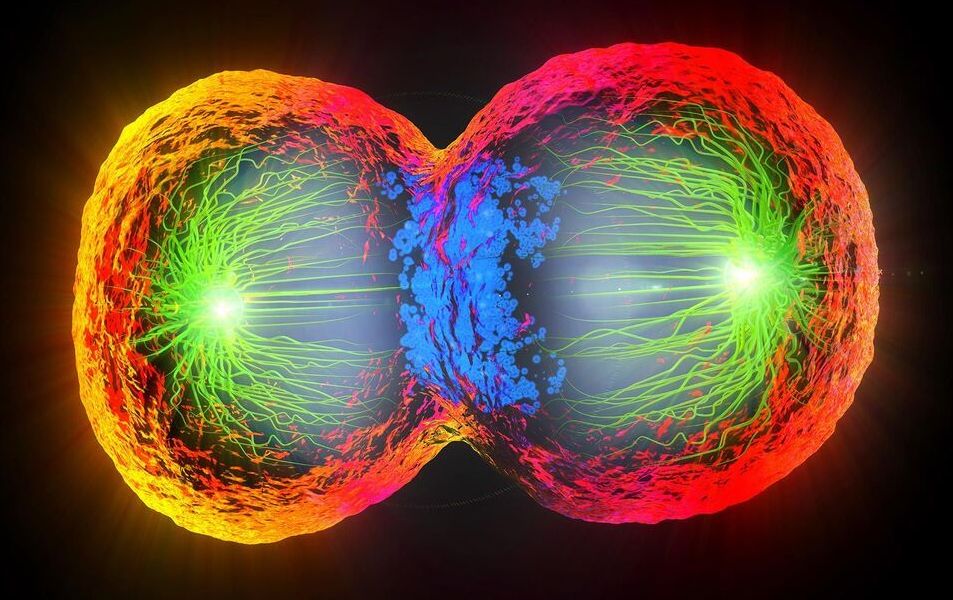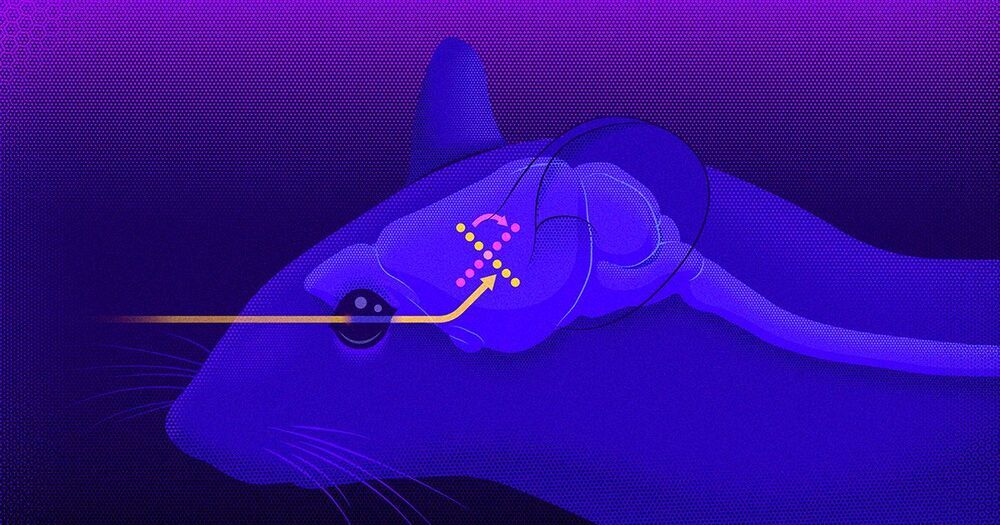Check now if your. TECH is available! ► https://go.tech/Hacksmith.
Use Code Hacksmith. TECH at Checkout for a special 80% OFF on 1 & 5 Year. TECH Domains!
Checkout the circuit diagram on Maker. IO ► https://www.digikey.com/en/maker/projects/the-hacksmith-crys…4695ab007b.
Become a Hacksmith member get exclusive perks! ► https://www.youtube.com/channel/UCjgpFI5dU-D1-kh9H1muoxQ/join.
►Early video access.
►Project design files (solidworks)
►Merch Discounts.
►Collaborate with us on our videos.
Chapters:
0:00 Teaser.
0:16 Quick Sponsor Message.
0:27 Intro.
1:45 Dr. Charles McMuscle Explainer.
5:27 Sponsor Message.
6:12 Body Design.
6:45 Plasma Cutting Body.
7:11 Brain Design.
8:36 Main body Build.
9:32 Final Assembly.
11:56 The Test!
16:56 Project Debrief.
20:05 Outro.
SOCIAL
Website ► http://www.hacksmith.tech.
Facebook ► http://www.facebook.com/thehacksmith.
Instagram ► http://www.instagram.com/thehacksmith.
Twitter ► http://twitter.com/thehacksmith.
Patreon ► http://www.patreon.com/thehacksmith.
Discord ► https://discordapp.com/invite/thehacksmith.
Merch ► https://www.hacksmith.store.
SOFTWARE:







